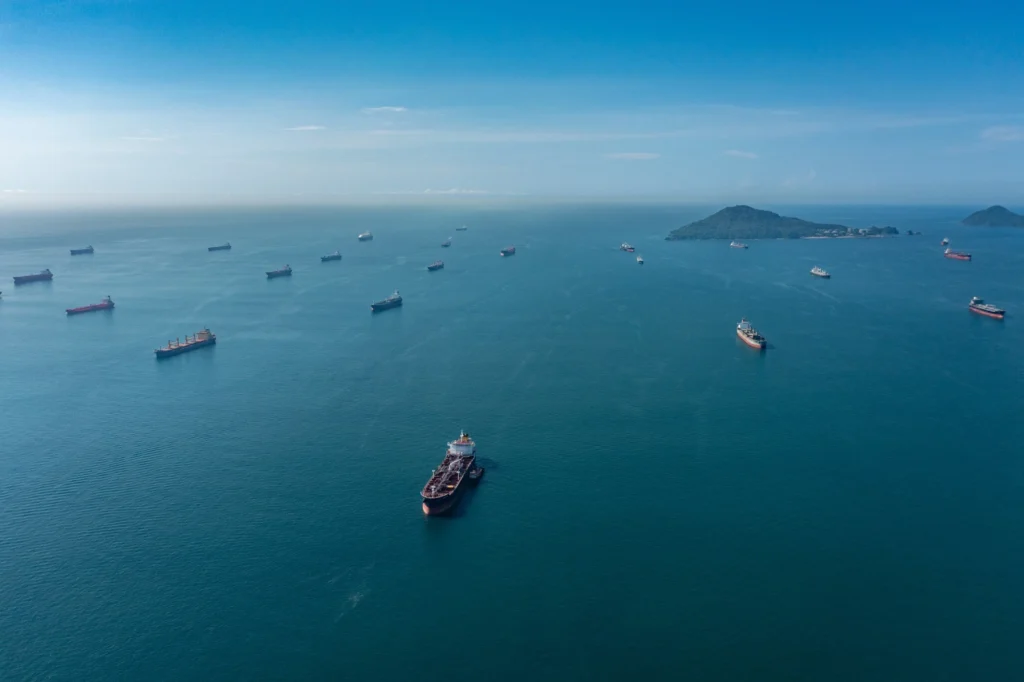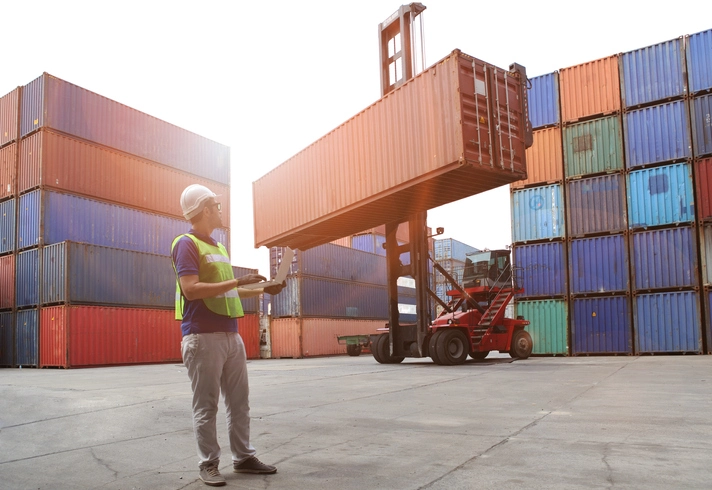
Our Blog
Learn our last news

WHAT IS CONSOLIDATED SHIPPING? BENEFITS & CHALLENGES OF CONSOLIDATED FREIGHT
The involvement of consolidated cargo shippers and consolidation freight services is essential for successfully navigating these challenges and reaping the rewards of a consolidated shipping approach.
This approach, aimed at enhancing efficiency and reducing costs for shippers, enables the optimization of the delivery process.

LOW PANAMA CANAL LEVELS ENDANGER $270 BILLION GLOBAL TRADE
Serving as a vital maritime conduit linking the Pacific, Caribbean Sea, and Atlantic Ocean, the canal finds itself grappling with unexpectedly low water levels during what should be the rainy season.
This crisis has led to congestion of tankers and cargo ships in the bay, as canal traffic experiences a significant reduction.

PARTIAL TRUCKLOAD (PTL) OR LESS-THAN-TRUCKLOAD (LTL)
Businesses aiming to meet customer needs through product delivery recognize the pivotal role shipping plays in their overall success. Regardless of the approach, freight transportation serves as an extension of the supply chain.

WHAT IS THE BEST MODE OF TRANSPORTATION FOR MY GOODS?
The choice of the right transportation mode significantly outweighs other factors in ensuring the timely and pristine arrival of your products. Amidst the plethora of options available, the challenge lies in deciding the most suitable one.

WHAT IS A LOAD TRACKING?
Whether you’re a truck driver, carrier, or owner-operator, staying informed about market rates and industry trends is essential. However, effective communication within the trucking industry goes beyond this.

ALL ABOUT CARGO INSURANCE – MEANING, TYPES & BENEFITS
Throughout the journey of your cargo, the exposure to potential risks leading to damage or complete loss of your shipment is undeniable. Imagine a scenario where a container ship carrying your goods sinks at sea, leaving the carrier’s liability insufficient to cover your freight’s full value.